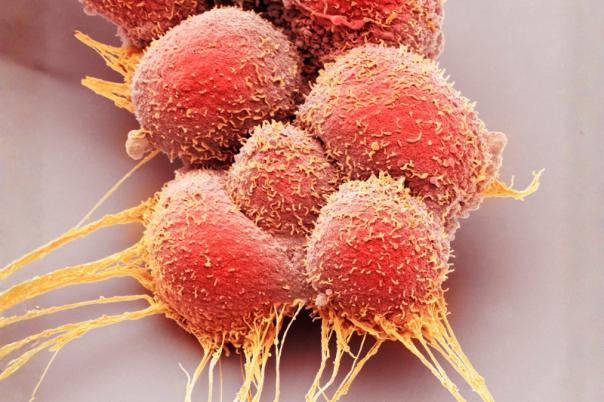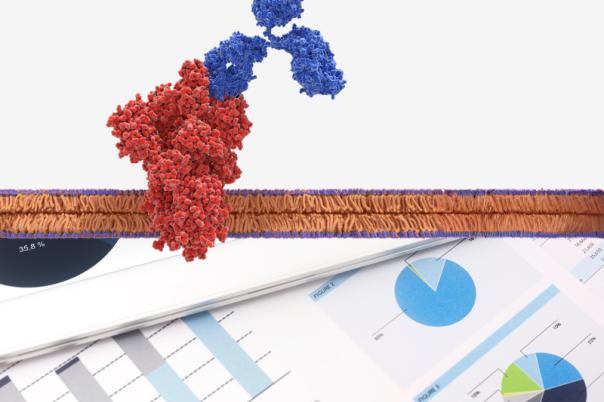GSK is a large pharma company that needs no introduction. It has multiple sites across the globe working on a plethora of areas in pharmaceutical development. Trevor Wattam is an Associate Director at GSK and team leader for the company’s antibody discovery efforts. In this presentation, Wattam walks us through how GSK employs various methods for antibody discovery, including yeast display systems, phase display, and transgenic mice.
We start with a GPCR target for rheumatoid arthritis, a disease which affects millions worldwide and leads to joint degradation. The GPCR forms homodimers and heterodimers, has multiple isoforms, and shows high human-cyno homology, enhancing cross-reactivity chances.
Wattam explains how his team at GSK employed four immunisation strategies: virus-like particles with the target, syngeneic cell lines, n-terminal peptides, and a combination of mRNA and syngeneic cell lines. Screening involved using IQ for cell binding and assessing serum titer variability, with the peptide showing the best response.
Having got the mouse serum response as good possible, GSK then interrogate the outcomes. This is done using tissues from spleen, lymph nodes, and bone marrow, focusing on memory B cells and plasma cells. FACS screening was performed using biotinylated GPCR VLPs, leading to the sorting of various well plates based on serum signal strength.
Then, the antibody discovery process involves recombination, sequencing, diversity gene analysis, and expression, with additional NGS analysis. The screening strategy includes binding analysis to human and cyno GPCRs, ADCC assays, and biophysics to ensure useful antibodies.
Finally, Wattam outlined the result of the campaign. It was a successful campaign resulting in 24 clones selected for the hit panel, with antibodies showing diverse epitope coverage and binding profiles.





